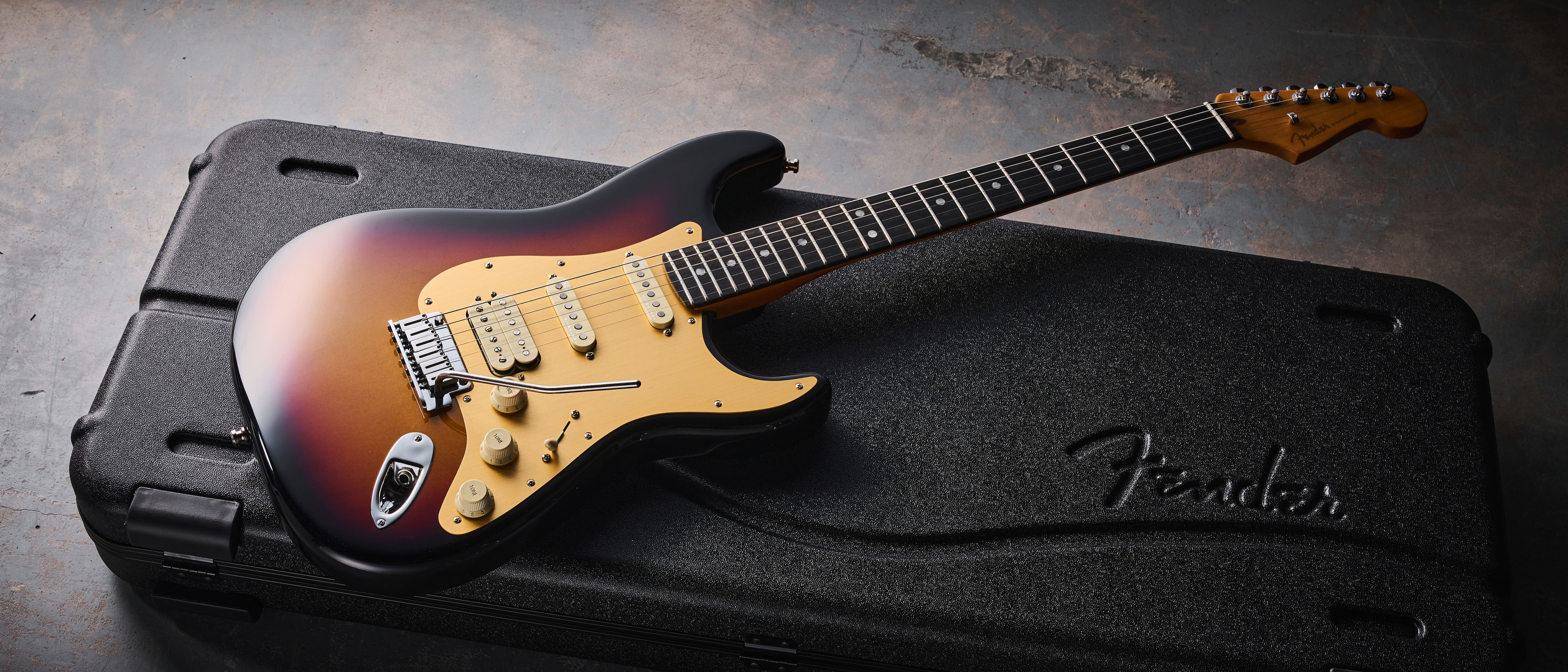MusicRadar Verdict
With its flattering playability, faultless build and cornucopia of tones, the American Ultra II Stratocaster HSS is a master of all trades. Fender should be bolder with the finish options when completing the trilogy, but this a pro-quality tool for hard-working musicians who like their guitar to do the heavy lifting.
Pros
- +
Unimpeachable playability, super-tidy build.
- +
Wide range of sounds and hum-free.
- +
Superb tremolo.
Cons
- -
Underwhelming finish options.
- -
A little heavy.
- -
No left-handed models.
MusicRadar's got your back
What is it?
Vintage purists, feel free to sit this one out. The American Ultra II series not for those who live and die by that old saying about the late, great Leo Fender getting it right the first time around, or those who believe the Stratocaster’s evolutionary development peaked in 1962.
But then, Leo Fender, guitar’s most restless innovator, was never one to think that his work was done, that his designs were to be preserved in aspic, reproduced ad infinitum, rinse and repeat.
There was always more, a bright idea, a fresh component, and a curiosity that viewed his electric guitar designs as work in progress, to be modernised in response to the ever-changing demands in popular culture, responding to what guitarists needed to make their sound further. This is what the American Ultra II series is all about.
This is Fender’s Corona, California facility in the grip of modernism, refreshing a series that had already taken those Golden Era Fender design archetypes and ran with them.
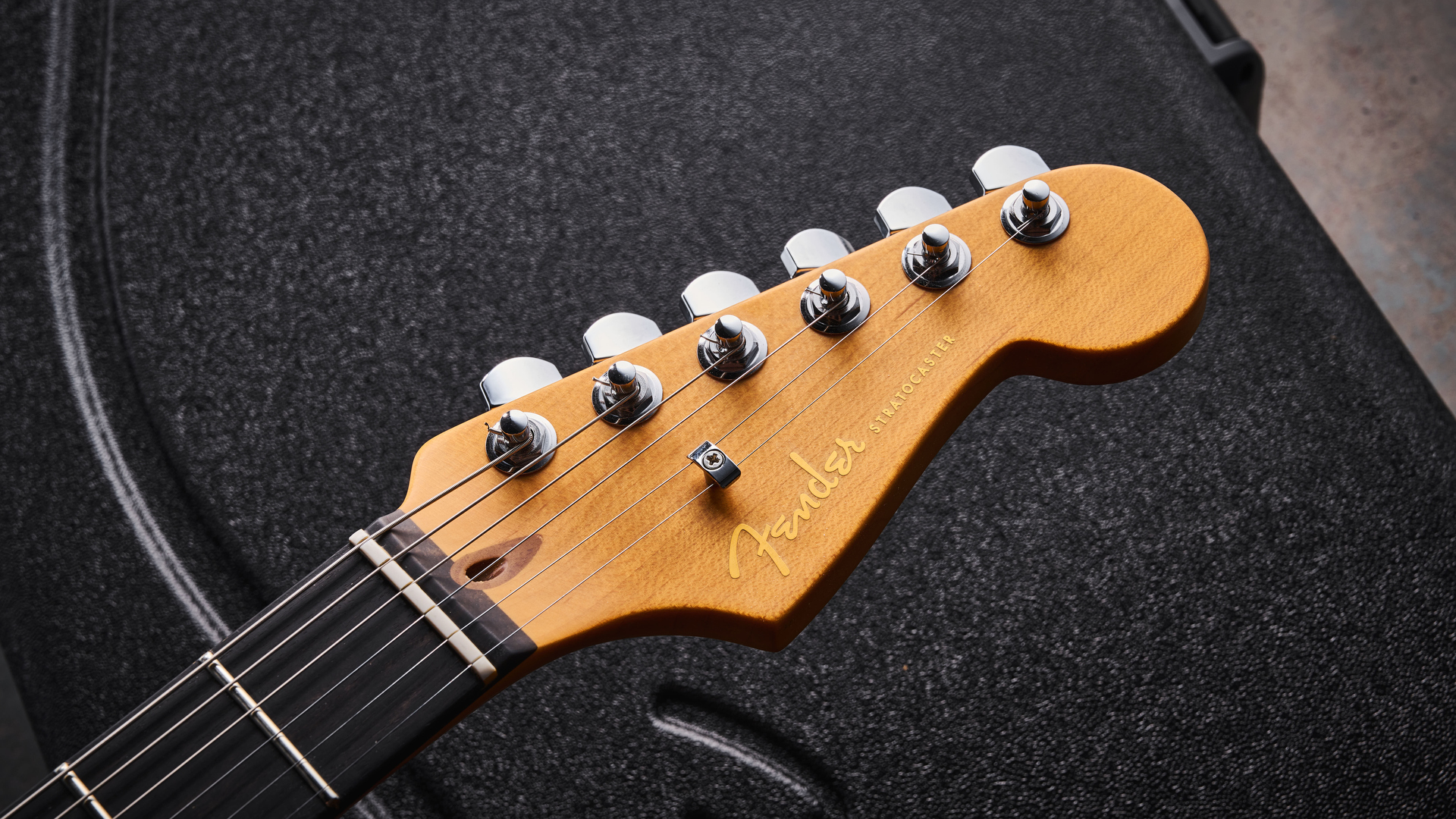
But considering the American Ultra series, launched just five years ago, took the Stratocaster, Jazzmaster, Telecaster, Jazz Bass and Precision way out to the frontier, where else can you take this?
It’s a tough question. Although the body shape and headstock might be 70 years young, with a raft of high-performance features – including all-new Noiseless Hot electric guitar pickups and redesigned tremolo – maybe this American Ultra II Stratocaster HSS has the answer.
Specs
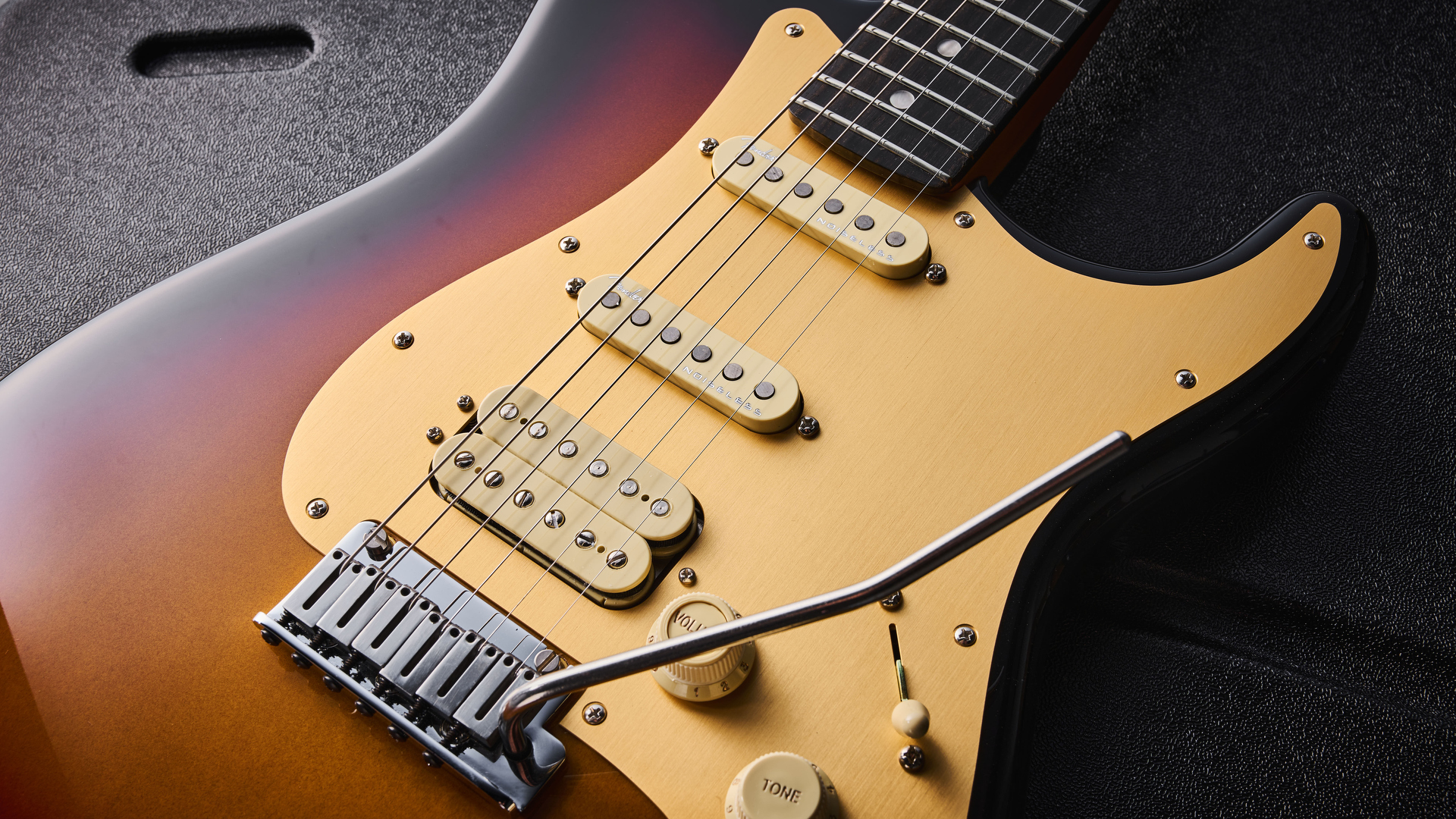
Launch price: $2,249 / £2,299
Origin: USA
Type: Solidbody electric guitar
Body: Solid alder
Neck: Quartersawn maple, bolt-on, Modern D shape, Ultra Satin finish
Fingerboard/Radius: Ebony, with rolled edges, Luminlay markers / 1o” to 14”
Scale length: 25.5” / 648mm
Frets: 22, medium jumbo
Hardware: 2-Point American Ultra synchronized tremolo with polished stainless steel block saddles, cold rolled steel block and pop-in arm, deluxe locking tuners, nickel/chrome, gold anodised 1-ply aluminium pickguard
String spacing, bridge: 50mm
Electrics: Haymaker Humbucker (bridge), 2x Ultra II Noiseless Hot Strat single-coils (middle, neck), Advanced Electronics with volume, 2x tone, S-1 Switching
Weight: 8.49 lbs / 3.9 kg
Options: Maple fingerboard on Solar Flare and Sinister Red models, black anodized 1-ply aluminium pickguard on Noble Blue, Solar Flare and Sinister Red models, Silver on Texas Tea
Left-handed options: Not this model
Finishes: Ultra Burst (as reviewed), Texas Tea, Noble Blue, Solar Flare, Sinister Red
Cases: Yes, hard-shell guitar case
Contact: Fender
Want all the hottest music and gear news, reviews, deals, features and more, direct to your inbox? Sign up here.
Build quality

Build quality rating: ★★★★1/2
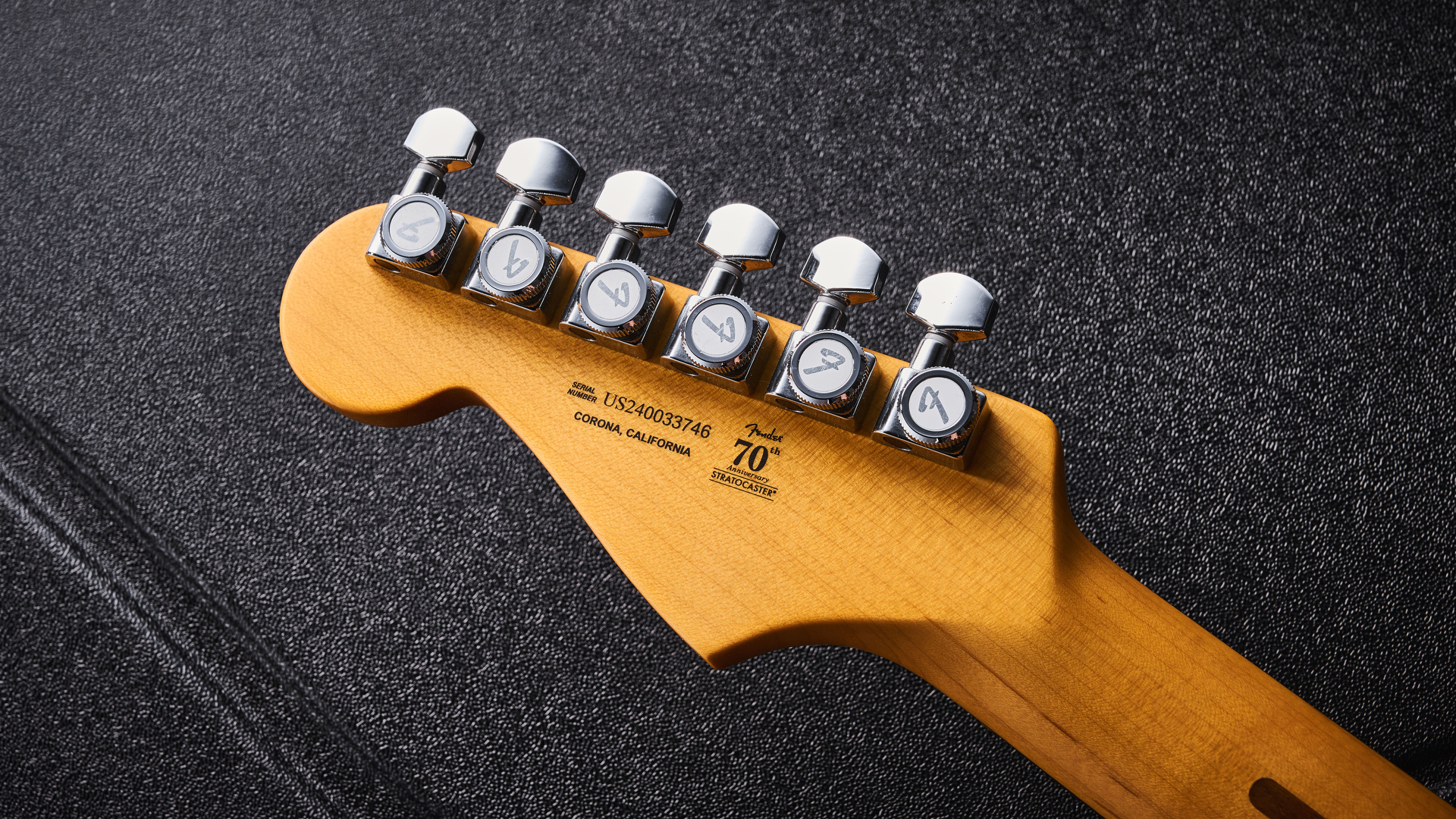
If there is anything dissatisfying about taking this Stratocaster HSS out of its super-tough molded hardshell guitar case it is the immediate realisation that there is not a hair out of place. What is the reviewer going to complain about here? Sitting here, side by side with the American Ultra II Telecaster, it is seems perfect, and with a stage-ready setup, too. No fret buzz here.
Unlike ye olde Strats, or those from the Custom Shop and the American Vintage II range, the American Ultra II series is finished with immaculately applied gloss urethane, not nitro. The Ultra Burst finish is like a next-gen 3-Color Sunburst, probably the most conservative option in a series that, for better or worse, eschews Fender paint room classics, Candy Apple Red et al and yet still plays it too safe.
Texas Tea, introduced in 2019, makes a welcome return. Noble Blue looks a little more generic than the Cobra Blue of the previous Ultra models, and your mileage may vary but Solar Flare and Sinister Red look more ‘80s Charvel than 2024 flagship Fender. Sadly there’s no Mocha Burst this time around.
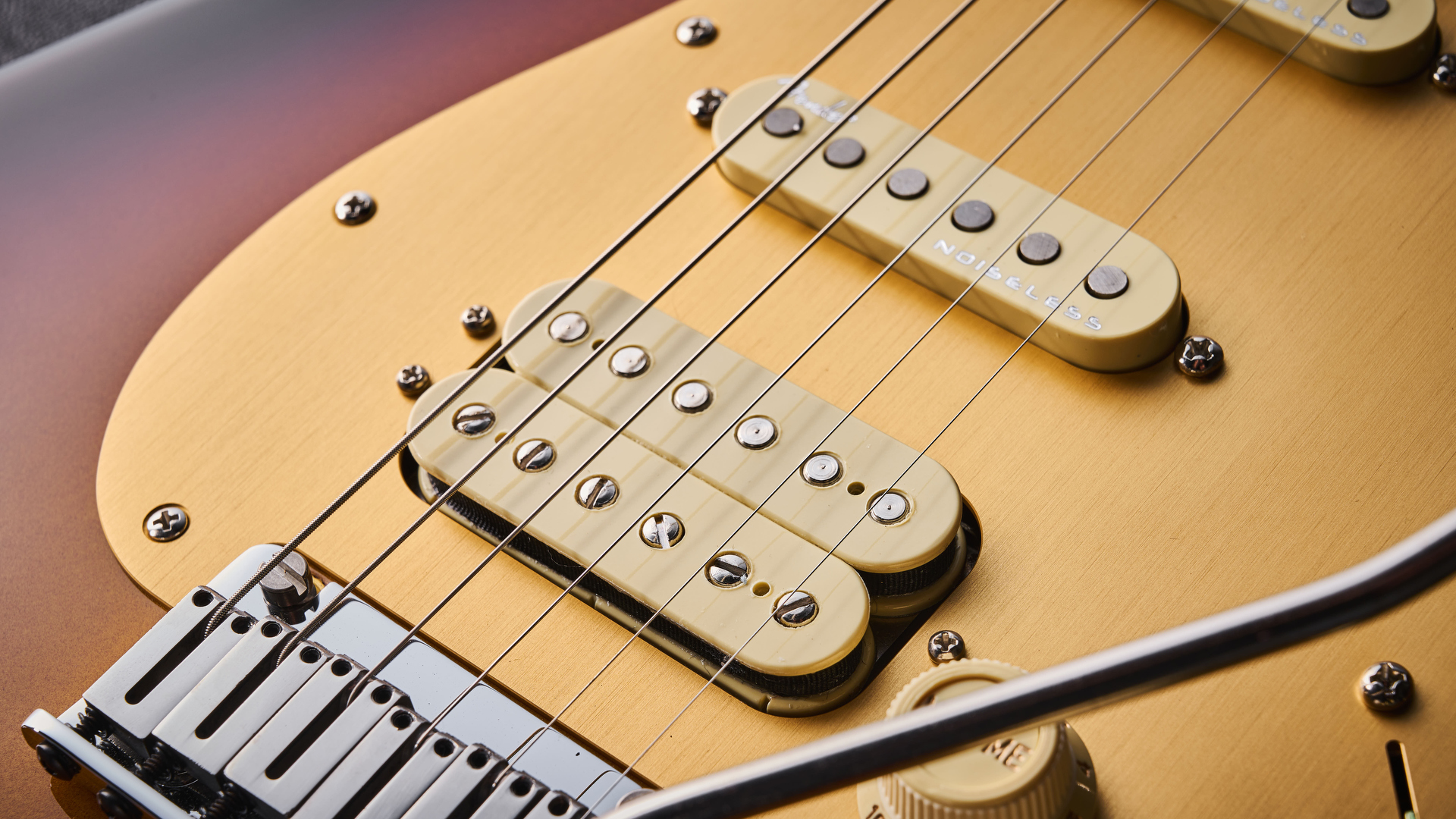
The gold anodised aluminum pickguard looks good. More importantly, it feels good. This is something Fender spent a bit of thought on. Brushed metal often looks cool but run your finger over it and you get the heebie-jeebies. There is none of that nails-down-the-chalkboard ick here. It’s tactile, tough, and a smart update on the aged plastic of the previous Ultra models.
Yes, it’s a bit on the weighty side, some eight-and-a-half pounds, but the Stratocaster’s body shape lends itself to perfect balance. If Motor City influenced Golden Era guitar design – particularly the Fender paint room – the American Ultra II takes design cues from the remorseless efficiency of high-performance engineering.
Just take a moment to admire that synchronized tremolo, with its polished stainless steel block saddles. The pop-in arm pops in with just the right tension. Even just psychosomatically, the knowledge that there’s a cold rolled steel block feels reassuring, like there’s this silent guarantor of sustain and tone working in the background.
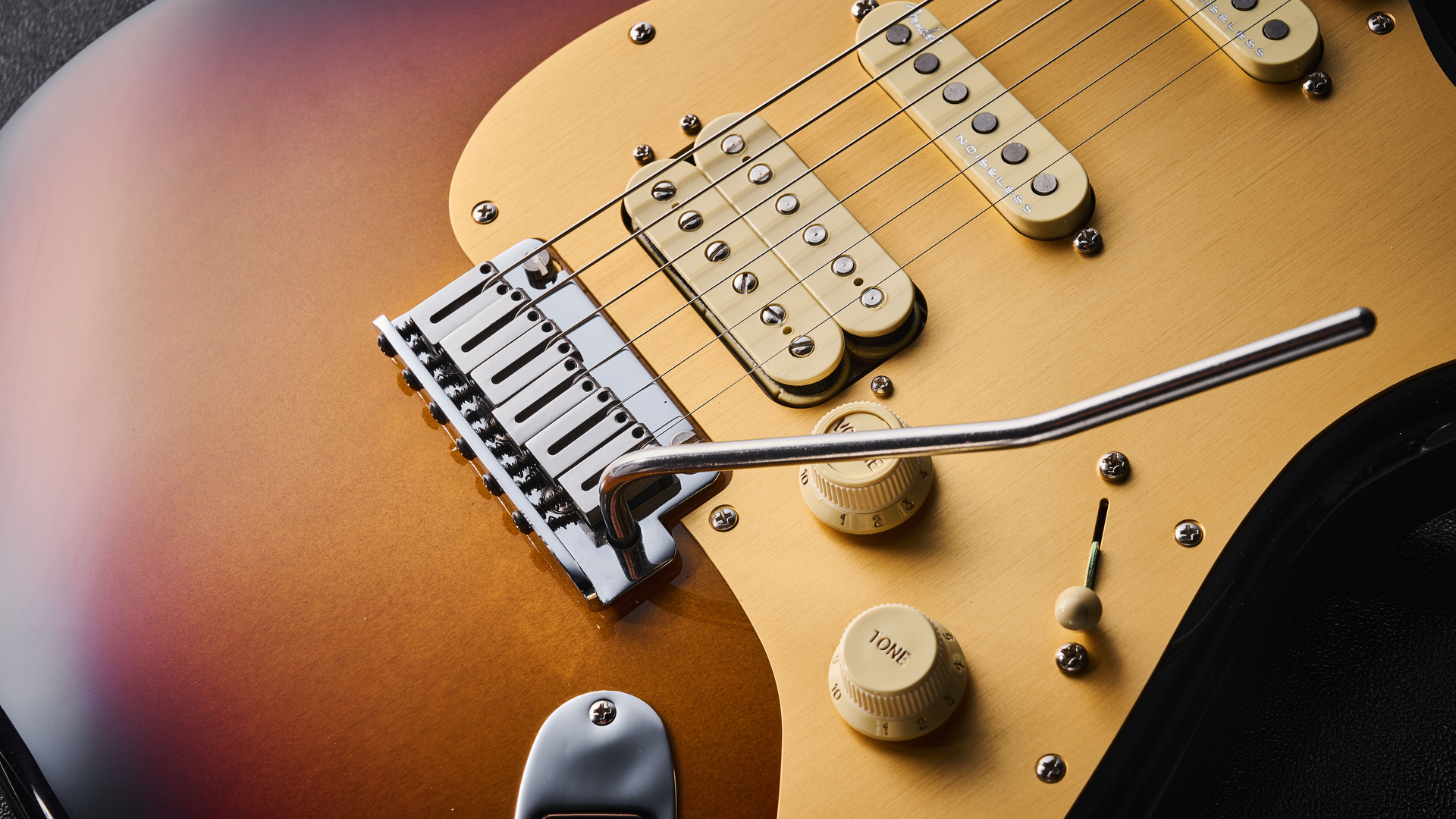
Is this an example of the inspiration going in the opposite direction between a Fender-owned brand and its parent company?
The action on the tremolo is smooth, just enough give, no more, no less. Similarly, the control circuit. If there is a marginal gain to be made, such as the rubber-grippy soft-touch volume and tone knobs – lovely action on these, too – Fender is making it. Everything is geared towards performance.
Nowhere is this more evident than on the fingerboard. Updated to super-smooth ebony, with edges rolled off, Luminlay side markers count the frets out in low-light situations. This is a welcome touch, Charvel-esque, you might say. Is this an example of the inspiration going in the opposite direction between a Fender-owned brand and its parent company?
It is impossible not to evaluate this Stratocaster HSS and not think of the Superstrat paradigm, the hot-rodded and the modded versions that created a new sub-genre for the instrument. There’s the 10” to 14” compound radius fingerboard, the Luminlay dots, the HSS pickup configuration with the all-new humbucker named the Haymaker. Game recognises game.

Like a secret covenant between the Corona factory floor and the player, the audience won’t see it but you’ll feel it all right
The frets are nickel but feel like stainless steel and are installed to within an inch of their lives. Again, not a hair out of place. Like the previous Ultra models the Fender logo and model name is applied to the headstock in gold, and we have a set of Fender-branded locking tuners, only this time they are short-post tuners to improve the break angle over the nut – another marginal gain. They all add up.
The contouring on the body’s lower cutaway and sculpted neck heel should feel familiar to those who have played the 2019 Ultra series. Like a secret covenant between the Corona factory floor and the player, the audience won’t see it but you’ll feel it all right.
Fender could have been more radical with the American Ultra II series and given it a shredder’s neck, but it’s a reminder that not all high-performance guitars need to be alike. They just have to perform.
Playability

Playability rating: ★★★★★
Fender has finished the neck with its Ultra Satin finish, surely ending the conversation on all neck finishes, gloss vs satin, unfinished and so on with an almighty mic drop
Hopefully some of those vintage purists are still reading because the grown-up Modern D shape might just invite them back into the room to give the American Ultra II series a shot.
No, it’s not a palm-filling vintage U shape. It’s no V either. But it does feel like a classic profile in every sense of the word; that it has always been like this, and as a work of ergonomic best practice it always will be. D profile necks typically have more on the shoulders than C shapes but it is a subtle difference.
What it means in real terms is that transitions from barre chords to leads is made as easy as physically possible. Yes, flattery gets you somewhere, because it’s hard to get mad at an instrument that makes you feel better about your playing as this does.
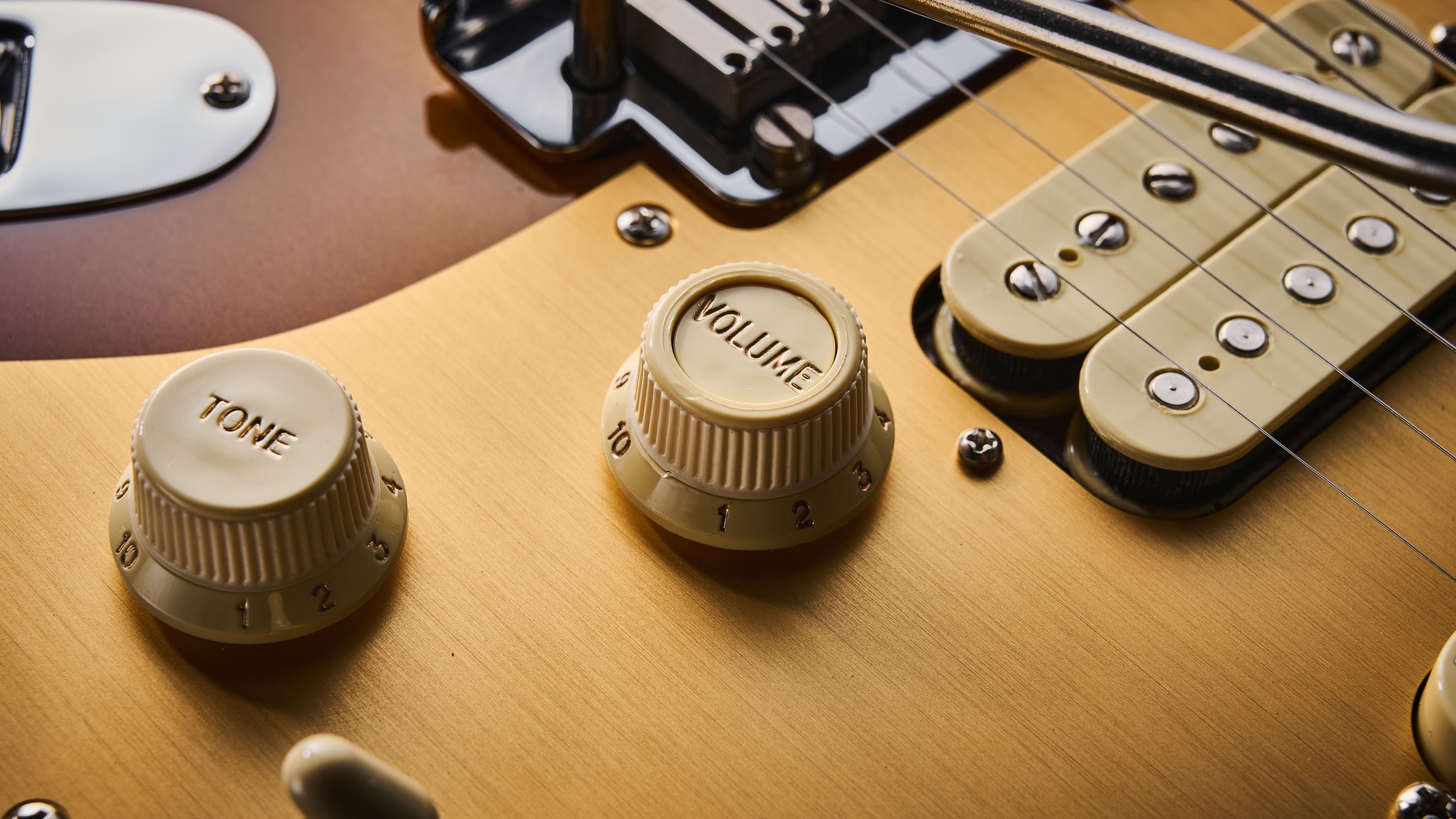
Fender has finished the neck with its Ultra Satin finish, surely ending the conversation on all neck finishes, gloss vs satin, unfinished and so on with an almighty mic drop. This has to be the acme of feel, or at least a box-fresh substitute for a nitro-finished neck with five-decades of natural wear – and they don’t make those everyday.
All of which goes to say that this a dangerous invitation, daring you to overplay. Those who have just taken receipt of their American Ultra II Stratocaster HSS will be well advised to get that out of their system before rocking up at their local blues jam and going full Macchio vs Vai 1986, emptying out your trick bag all over the stage.
That said, it is incredible satisfying to have the instrument respond like this, to play a note and bend it, taking a moment to luxuriate in that slinky feel of string against well-polished fret.
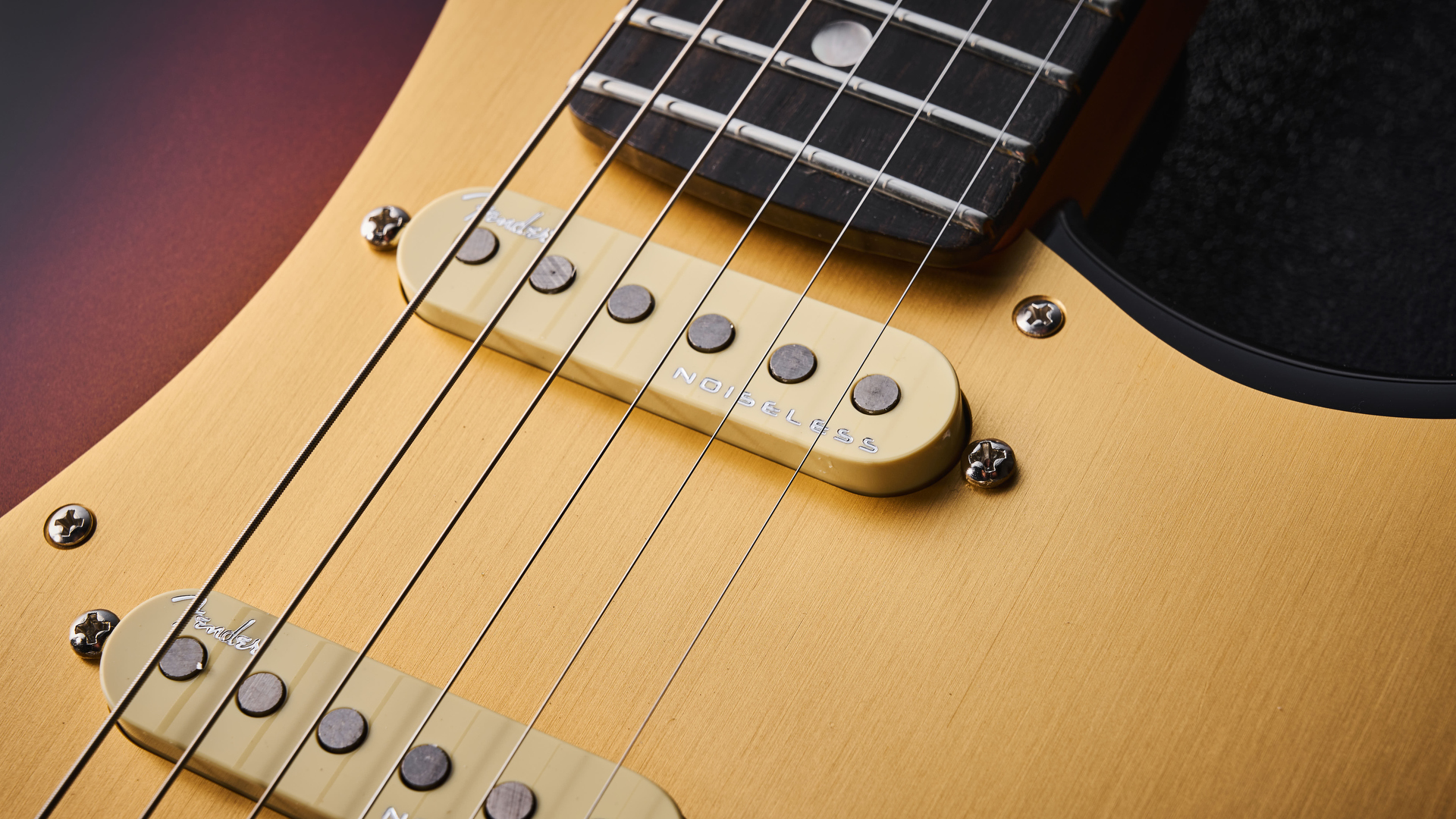
There’s no chance of your notes choking out on this fingerboard, where we have this crowd-pleasing Goldilocks radius measuring 10” to 14”. That’s a big reason why those rhythm-to-lead transitions feel so smooth and natural.
It is not quite the 12” to 16” shredder’s playground you see across FMIC’s high-performance brands, Jackson, Charvel, EVH Guitars, which is great in its own way, but the American Ultra II fretboard gives you something more contemporary to grab onto than, say, the vintage-accurate 7.25” you’d get on a Nocaster.
Sounds
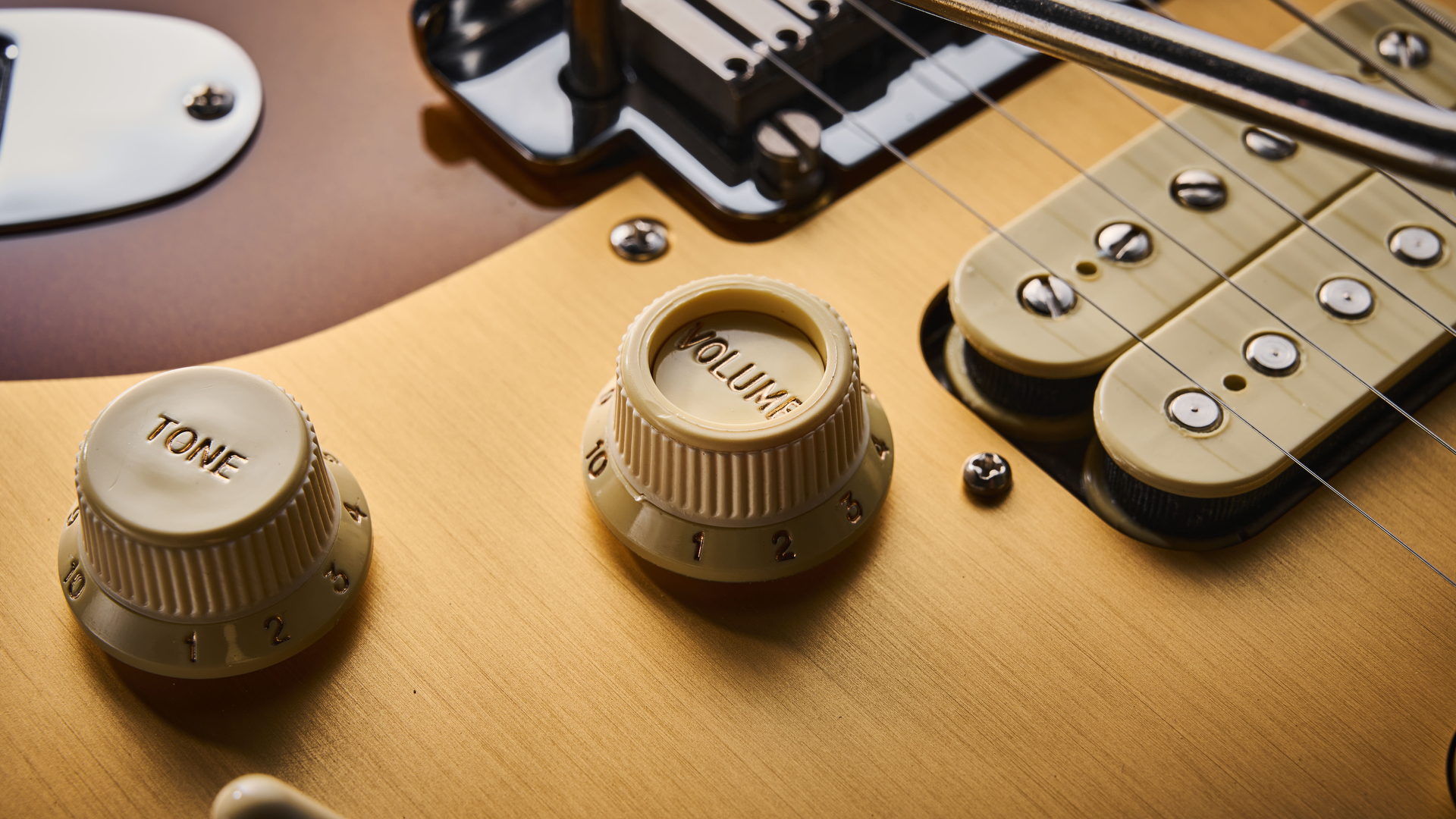
Sounds rating: ★★★★1/2
The meticulous build and the go-faster playability speak to the American Ultra II’s raison d’etre, but there’s something even more fundamental when we are talking about the tones coming out of the speaker.
After all, in a world populated by Fender-inspired S-styles that deploy the extra firepower of a humbucker at the bridge position, what is the HSS Strat for? What kind of player picks up one of these?
Everyone approaches the guitar with their own pop-cultural baggage. I cannot help but feel like I’m cosplaying as Dave Murray of Iron Maiden with this, or at least it was impossible to resist playing the opening riff to Number of the Beast when testing the hard rock and metal credentials of Fender’s new Haymaker humbucker pickup (it passes, with flying colours).
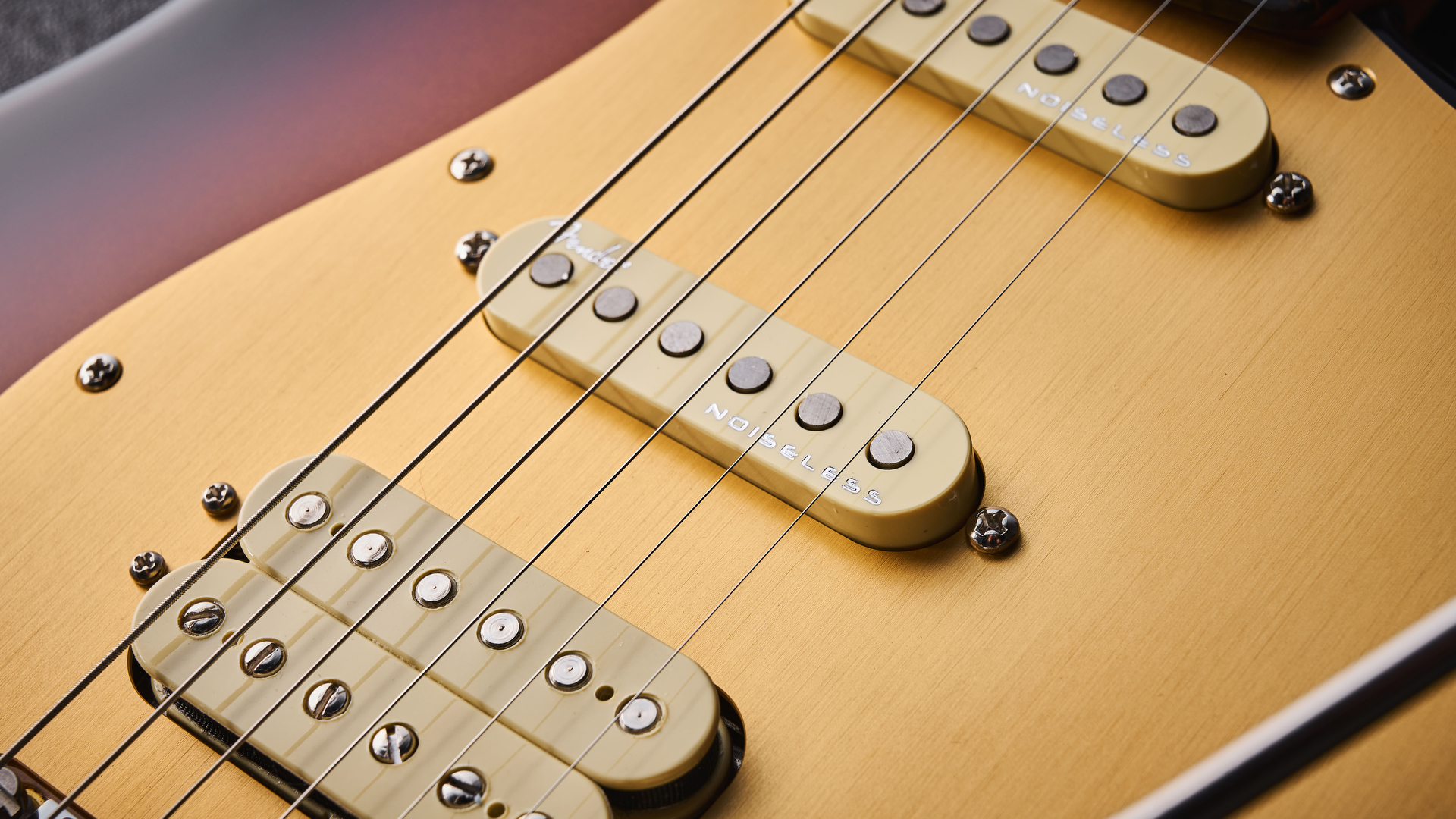
The Haymaker works well with gain, playing nicely with Fender’s Hello Kitty fuzz pedal, working well when the amp’s overdrive channel is dimed, nice upper-mids, juicy harmonics, and it cleans up nicely when you roll the volume back. With the amp on the edge of break-up it has that ‘70s snarl, the high-end content you need for scratchy Texan blues guitar riffs.
Allen Abbassi, director of product management, Fender, describes it as “medium to high-gain”. In other words, it’s closer to the fire-breather than the church mouse.
“Our goal there was to design a pickup that was medium to high-gain, because the HSS Strat is more of a high-performance instrument,” said Abbassi. “But we wanted to make sure it still had a really sweet midrange and top end, and when dirty we didn’t lose the string-to-string note clarity.”
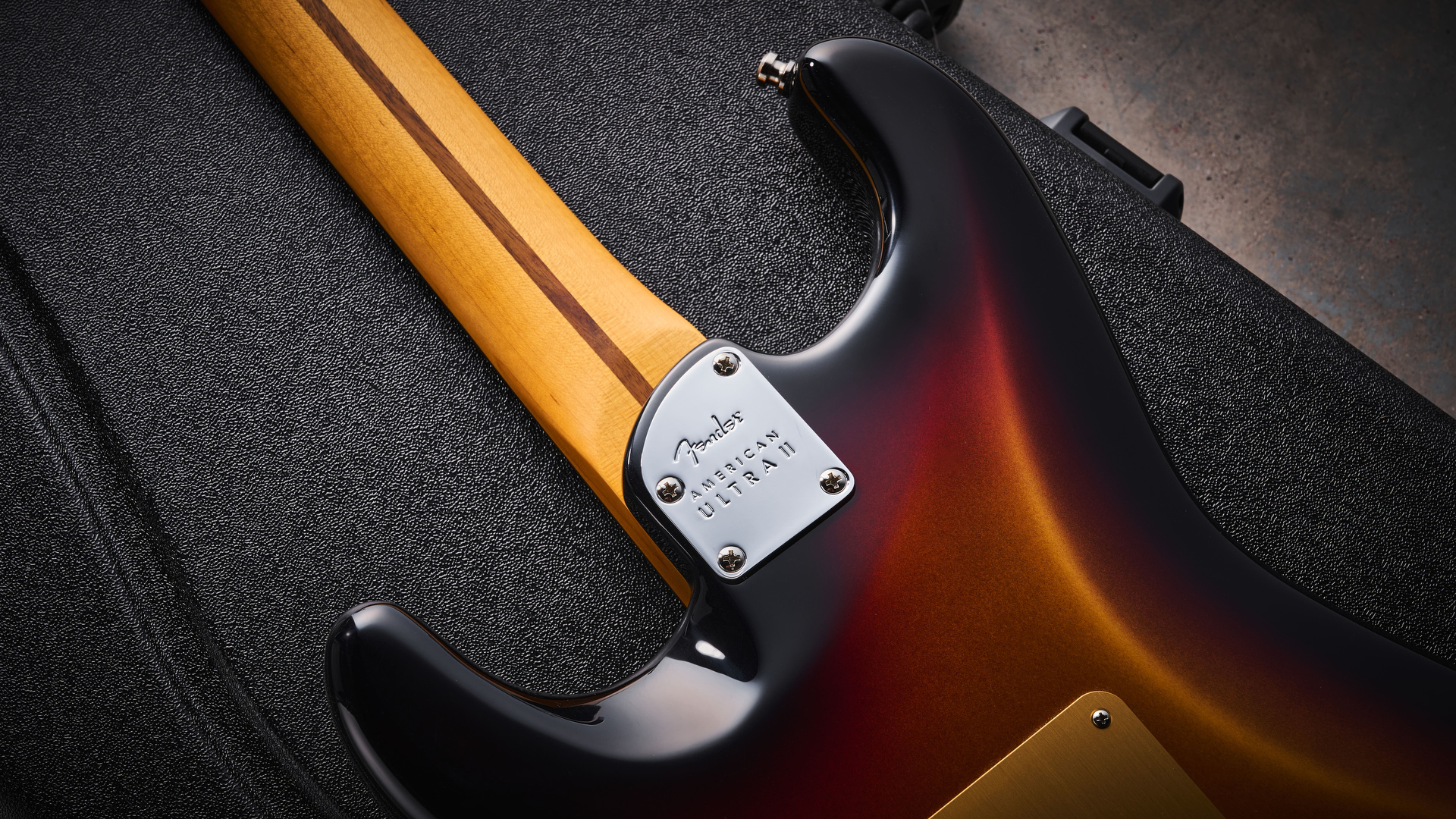
That clarity does come across. It is a leitmotif all of three of Fender’s newly voiced pickups. The Noiseless Hot single-coils really are quiet. More on them shortly.
It is not just extra output of the bridge humbucker; it is about the options that extra bit of muscle gives us, making it one of the most versatile electrics on the market
When we think HSS configured Stratocasters, however, it is not just extra output of the bridge humbucker; it is about the options that extra bit of muscle gives us, making it one of the most versatile electrics on the market.
You can make the case for the common or garden variety Strat’s versatility, too, but it is hard to think of a genre the HSS Strat is ill-suited to – especially when you consider Fender’s “Advanced Electronics” control setup, which features an S-1 switch for splitting that bridge ‘bucker into a classic single-coil pickup, and a treble bleed circuit that allows for no loss of high-end content when you roll the volume back.
That checks out with our experience with that bridge pickup. The brightness is most welcome, and if it is too much, that tone pot can smooth much of the sharpness off. Fender has used Orange Drop capacitors on these pots. There’s a nice taper on them.

When Fender demoed the American Ultra II models it was hard not to be impressed by the neck single-coil. There was so much solidity to it. There’s real low end power, a little scooped sounding, a Fender pickup voiced to be simpatico with what we think of as Fender amp sounds.
The American Ultra II is an exercise in modernity but the sounds remain classically Fender. Yes, that fourth position – middle and neck combined – is hard to quit. I had to chuckle when it arrived out of the case with the switch still in that position. No matter your style, that sound – spanky, full, dynamic – is irresistible.
There are sweet spots at all five positions. The middle single-coil makes an obvious candidate for funk. Adding some compression from a JHS Pulp N’ Peel V4 gussies it up nicely for glitter-ball chucking, and you don’t have to keep it clean either; with that compressor pedal’s onboard drive circuit engaged, that middle pickup is capable of some mischief.
It’s so quiet. Seriously. Even with plenty of pedals in the chain, lights on, volume up, and the strings muted, the refrigerator made more hum
Again, position 2, between bridge and middle, yields another great core tone for blues, indie and pop. This sounds like a guitar that has been carefully dialled in. There’s a good balance across all five positions, and that S-1 switch gives you a classic Stratocaster voicing at the bridge position that does not sound like a compromise.
Who is the HSS Strat for? With the S-1 switch, it’s playing the field. Fender is not selling the American Ultra II on the cheap but the gigging pro and the session musician will get their money’s worth out of this. There’s so much it can do. And it’s so quiet. Seriously. Even with plenty of pedals in the chain, lights on, volume up, and the strings muted, the refrigerator made more hum.
Verdict

Some of the greatest albums of all time take their time to reveal all their secrets and it can be the same way with guitars. The HSS Strat can be an enigma at first but it makes perfect sense once you sample each of the staging posts on that five position dial.
The capability to split it into a single-coil gives this Strat a chameleon quality that demands the player impress their identity upon the instrument
The Haymaker humbucker sounds like a nominative determinism at play, like it’s going to be raw meat metal guitar 101, but it’s more of an all-rounder in the vein of a Seymour Duncan JB, and the capability to split it into a single-coil gives this Strat a chameleon quality that demands the player impress their identity upon the instrument, not the other way round.
That’s not always the most attractive quality in a guitar from the outset but it is practical, and the subtle radicalism of the American Ultra II project allied to Fender’s unerring eye for detail and the craft of guitar design and manufacturer makes this a superlative pro-quality Strat. You might even call it a Superstrat, albeit a sensible one.
MusicRadar verdict: With its flattering playability, faultless build and cornucopia of tones, the American Ultra II Stratocaster HSS is a master of all trades. Fender should be bolder with the finish options when completing the trilogy, but this a pro-quality tool for hard-working musicians who like their guitar to do the heavy lifting.
| Test | Results | Score |
|---|---|---|
| Build quality | Super tidy, top-end build, slightly disappointing finishes. | ★★★★1/2 |
| Playability | It doesn't get much better than this. | ★★★★★ |
| Sounds | Greatest hits of the Strat plus well-voiced humbucker, and all noise-free | ★★★★1/2 |
| Overall | A player's instrument, opening up all kinds of musical possibilities | ★★★★1/2 |
Also try
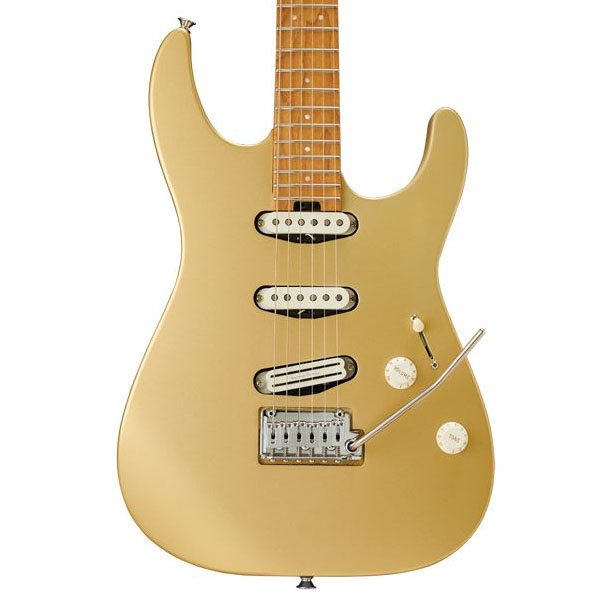
$1049/£949/€1044
"A sophisticated S-style that balances a hot-rodded hi-jinks and a shred-ready feel with a tonal range that invokes rock of all decades from the '60s onwards. Bravo!"
Read our review
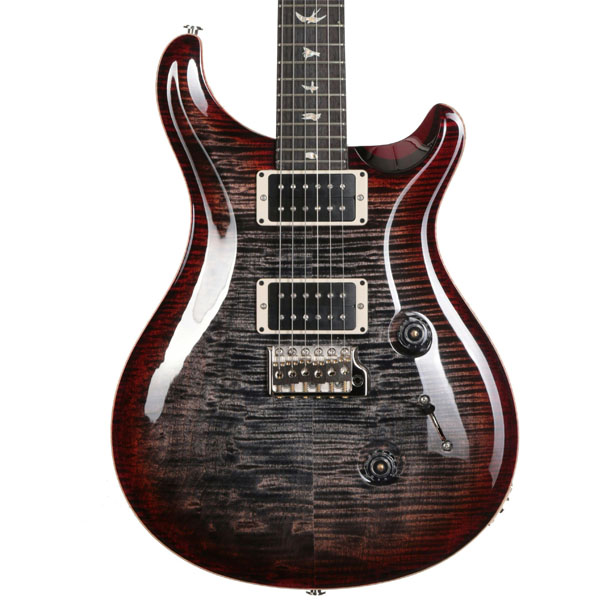
($4,780/£3,999/€4,830)
Another super-versatile, high-end pro six-string: MusicRadar described it as “arguably, the only real progression of the electric guitar since about 1965”
Read our review

$1849/£1,869/€2169
Another compelling sequel from Fender, presenting a more affordable yet still pro-quality HSS Strat for the gigging player.
Read our review
Hands-on videos
Fender
Guitar Center

The Guitar Geek
Andertons
Jonathan Horsley has been writing about guitars and guitar culture since 2005, playing them since 1990, and regularly contributes to MusicRadar, Total Guitar and Guitar World. He uses Jazz III nylon picks, 10s during the week, 9s at the weekend, and shamefully still struggles with rhythm figure one of Van Halen’s Panama.
